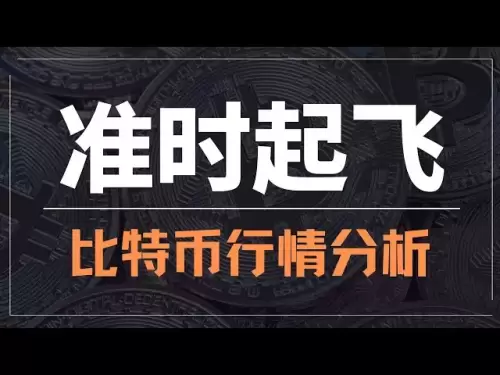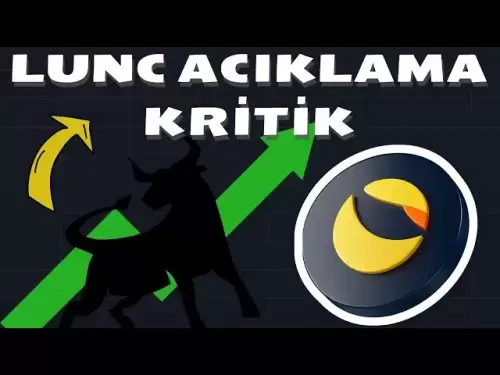-
 Bitcoin
Bitcoin $117300
1.99% -
 Ethereum
Ethereum $3884
5.89% -
 XRP
XRP $3.268
9.33% -
 Tether USDt
Tether USDt $1.000
0.02% -
 BNB
BNB $783.0
1.78% -
 Solana
Solana $173.6
3.51% -
 USDC
USDC $0.9999
0.00% -
 Dogecoin
Dogecoin $0.2193
7.00% -
 TRON
TRON $0.3380
0.30% -
 Cardano
Cardano $0.7769
5.08% -
 Stellar
Stellar $0.4350
9.36% -
 Hyperliquid
Hyperliquid $40.23
5.78% -
 Sui
Sui $3.739
6.95% -
 Chainlink
Chainlink $18.30
9.46% -
 Bitcoin Cash
Bitcoin Cash $581.7
2.11% -
 Hedera
Hedera $0.2577
5.51% -
 Ethena USDe
Ethena USDe $1.001
0.00% -
 Avalanche
Avalanche $23.08
4.23% -
 Litecoin
Litecoin $121.7
2.24% -
 UNUS SED LEO
UNUS SED LEO $8.962
-0.34% -
 Toncoin
Toncoin $3.332
1.36% -
 Shiba Inu
Shiba Inu $0.00001273
3.39% -
 Uniswap
Uniswap $10.35
6.84% -
 Polkadot
Polkadot $3.818
4.01% -
 Dai
Dai $1.000
0.01% -
 Bitget Token
Bitget Token $4.446
2.13% -
 Cronos
Cronos $0.1491
4.96% -
 Monero
Monero $255.4
-9.78% -
 Pepe
Pepe $0.00001099
4.80% -
 Aave
Aave $284.0
8.01%
Margin management strategy in OKEx futures trading
Effective margin management on OKEx involves understanding requirements, using cross or isolated margin, and implementing strategies like position sizing and stop-loss orders to manage risk.
Apr 05, 2025 at 12:49 am
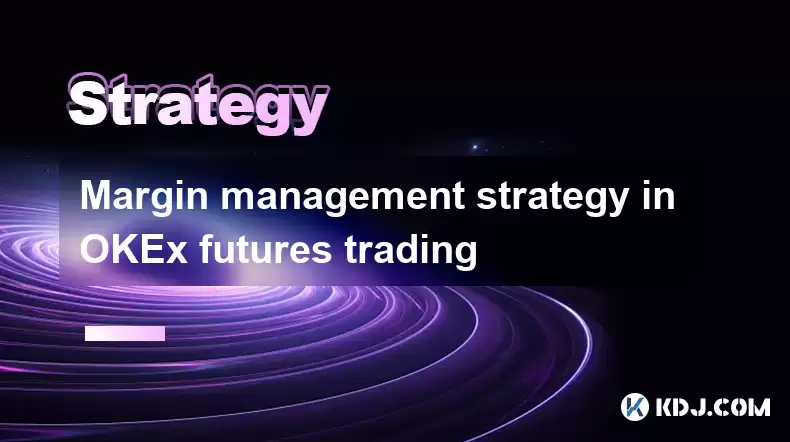
Margin management is a critical aspect of futures trading on OKEx, as it directly impacts your ability to maintain positions and manage risk. Effective margin management can help traders maximize their potential profits while minimizing losses. In this article, we will explore various strategies for managing margin in OKEx futures trading, including understanding margin requirements, using different types of margin, and implementing risk management techniques.
Understanding Margin Requirements
Before diving into specific strategies, it's essential to understand the margin requirements on OKEx. Margin is the amount of funds that traders must deposit to open and maintain a futures position. OKEx offers two types of margin: initial margin and maintenance margin. The initial margin is the amount required to open a position, while the maintenance margin is the minimum amount needed to keep the position open.
- Initial Margin: This is the amount you need to deposit to open a futures position. It acts as a security deposit to cover potential losses.
- Maintenance Margin: This is the minimum amount of margin required to keep your position open. If your account balance falls below this level, you will receive a margin call.
Understanding these requirements is crucial for effective margin management. OKEx provides tools and calculators to help traders determine the required margin for different positions.
Types of Margin on OKEx
OKEx offers several types of margin that traders can use to manage their positions. These include:
- Cross Margin: With cross margin, the entire account balance is used to support all open positions. This can help prevent liquidation by using the full account balance to cover losses.
- Isolated Margin: Isolated margin allows traders to allocate a specific amount of margin to each position. This can help limit risk by isolating the potential losses to a single position.
Choosing the right type of margin depends on your trading strategy and risk tolerance. Cross margin can be beneficial for traders who want to maximize their trading capacity, while isolated margin is suitable for those who want to limit their exposure to individual positions.
Margin Management Strategies
Effective margin management involves implementing strategies that help you maintain your positions and manage risk. Here are some key strategies to consider:
1. Position Sizing
Position sizing is crucial for managing margin effectively. By determining the appropriate size of your positions, you can ensure that you have enough margin to cover potential losses. A common approach is to use a percentage of your total account balance to determine the size of each position.
- Calculate the maximum amount of margin you are willing to risk on a single trade.
- Use a position size calculator to determine the appropriate size of your position based on your risk tolerance and the margin requirements.
2. Stop-Loss Orders
Using stop-loss orders is an essential part of margin management. A stop-loss order automatically closes your position when the market reaches a certain price, helping to limit your losses. By setting stop-loss orders, you can protect your margin and prevent your account from being liquidated.
- Determine the appropriate stop-loss level based on your risk tolerance and market conditions.
- Set stop-loss orders for all your open positions to protect your margin.
3. Monitoring Margin Levels
Regularly monitoring your margin levels is crucial for effective margin management. OKEx provides real-time information on your margin levels, allowing you to take action if your margin falls below the required level.
- Use the OKEx platform to monitor your margin levels and account balance.
- Take action if your margin falls below the maintenance margin level, such as adding more funds or closing positions.
4. Diversification
Diversification is another important strategy for managing margin. By spreading your investments across different assets and markets, you can reduce the risk of significant losses that could impact your margin.
- Invest in a variety of assets and markets to spread your risk.
- Monitor the performance of your diversified portfolio and adjust your positions as needed.
5. Leverage Management
Leverage can amplify both your profits and losses, making it a critical factor in margin management. Using too much leverage can increase the risk of liquidation, while using too little may limit your potential profits.
- Determine the appropriate level of leverage based on your risk tolerance and trading strategy.
- Adjust your leverage as market conditions change to manage your margin effectively.
Risk Management Techniques
In addition to the strategies mentioned above, implementing risk management techniques can help you manage your margin more effectively. Here are some key techniques to consider:
1. Risk-Reward Ratio
The risk-reward ratio is a measure of the potential profit compared to the potential loss of a trade. By maintaining a favorable risk-reward ratio, you can ensure that your potential profits outweigh your potential losses, helping to protect your margin.
- Calculate the risk-reward ratio for each trade before entering a position.
- Aim for a risk-reward ratio that aligns with your trading strategy and risk tolerance.
2. Volatility Analysis
Volatility is a key factor in futures trading, as it can impact the margin requirements and the potential for liquidation. By analyzing market volatility, you can adjust your margin management strategies accordingly.
- Use volatility indicators and tools to assess the current market conditions.
- Adjust your position sizes and stop-loss levels based on the level of volatility.
3. Margin Calls and Liquidation
Understanding how margin calls and liquidation work is essential for effective margin management. A margin call occurs when your account balance falls below the maintenance margin level, requiring you to add more funds or close positions. If you fail to meet a margin call, your position may be liquidated.
- Monitor your account balance and margin levels to avoid margin calls.
- Have a plan in place for responding to margin calls, such as adding more funds or closing positions.
4. Stress Testing
Stress testing involves simulating different market scenarios to assess the impact on your margin and positions. By conducting stress tests, you can identify potential risks and adjust your margin management strategies accordingly.
- Use OKEx's tools and calculators to simulate different market scenarios.
- Adjust your positions and margin levels based on the results of your stress tests.
Practical Tips for Margin Management
In addition to the strategies and techniques mentioned above, here are some practical tips for managing margin effectively on OKEx:
- Start Small: If you are new to futures trading, start with small positions and gradually increase your exposure as you gain experience.
- Use Demo Accounts: OKEx offers demo accounts that allow you to practice trading without risking real funds. Use these accounts to test your margin management strategies.
- Stay Informed: Keep up-to-date with market news and events that could impact your positions and margin levels.
- Review and Adjust: Regularly review your margin management strategies and adjust them as needed based on your performance and market conditions.
Common Questions and Answers
Q: What is the difference between initial margin and maintenance margin on OKEx?
A: The initial margin is the amount required to open a futures position, acting as a security deposit to cover potential losses. The maintenance margin is the minimum amount needed to keep the position open. If your account balance falls below the maintenance margin level, you will receive a margin call.
Q: How can I choose between cross margin and isolated margin on OKEx?
A: Cross margin uses your entire account balance to support all open positions, which can help prevent liquidation by using the full account balance to cover losses. Isolated margin allows you to allocate a specific amount of margin to each position, helping to limit risk by isolating potential losses to a single position. Choose cross margin if you want to maximize your trading capacity, and isolated margin if you want to limit your exposure to individual positions.
Q: What are some effective strategies for managing margin on OKEx?
A: Effective margin management strategies on OKEx include position sizing, using stop-loss orders, monitoring margin levels, diversification, and leverage management. Additionally, implementing risk management techniques such as maintaining a favorable risk-reward ratio, analyzing market volatility, understanding margin calls and liquidation, and conducting stress tests can help you manage your margin more effectively.
Q: How can I protect my margin from liquidation on OKEx?
A: To protect your margin from liquidation, use stop-loss orders to limit your losses, monitor your margin levels regularly, and have a plan in place for responding to margin calls. Additionally, consider using isolated margin to limit your exposure to individual positions and conduct stress tests to identify potential risks.
Q: What are some practical tips for managing margin on OKEx?
A: Practical tips for managing margin on OKEx include starting with small positions, using demo accounts to practice, staying informed about market news and events, and regularly reviewing and adjusting your margin management strategies based on your performance and market conditions.
Disclaimer:info@kdj.com
The information provided is not trading advice. kdj.com does not assume any responsibility for any investments made based on the information provided in this article. Cryptocurrencies are highly volatile and it is highly recommended that you invest with caution after thorough research!
If you believe that the content used on this website infringes your copyright, please contact us immediately (info@kdj.com) and we will delete it promptly.
- Cold Wallet Crypto in 2025: The Future is Now, Ya'll
- 2025-08-08 05:10:13
- MAGACOIN, SOL, and ADA: A Tale of Shifting Tides in Crypto
- 2025-08-08 05:10:13
- SHIB Price, PEPE, and the Memecoin Supercycle: Who Will Reign Supreme?
- 2025-08-08 05:50:12
- Pudgy Penguins Price Prediction: Google Trends & Breakout Signals
- 2025-08-08 05:50:12
- UAE Crypto Regulation: SCA and VARA Unite to Streamline the Future of Digital Assets
- 2025-08-08 05:55:48
- MAGACOIN Finance: The Presale Phenomenon Rocking the Crypto World
- 2025-08-08 05:55:48
Related knowledge
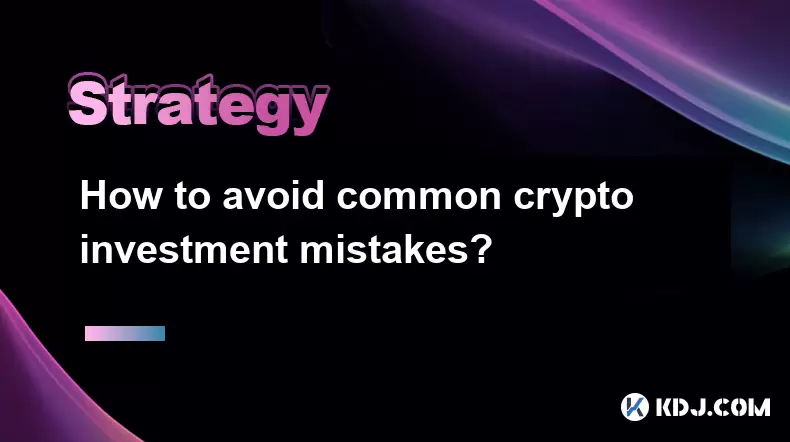
How to avoid common crypto investment mistakes?
Jul 13,2025 at 01:35am
Understanding the Risks of Crypto InvestmentInvesting in cryptocurrency can be highly rewarding, but it also comes with significant risks. One of the ...
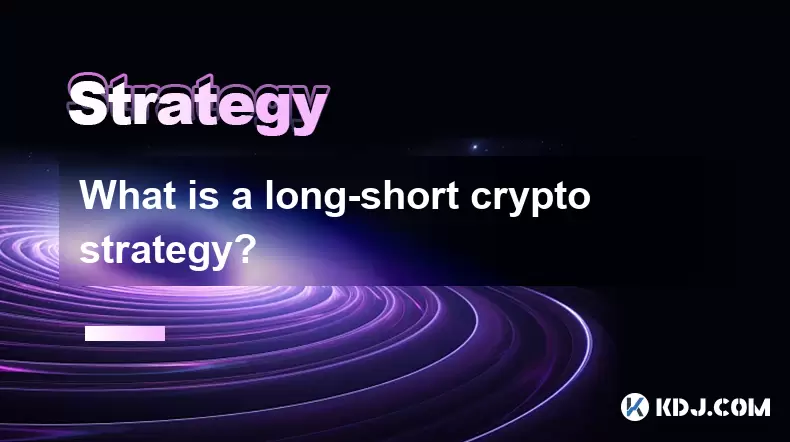
What is a long-short crypto strategy?
Jul 15,2025 at 10:56am
Understanding the Basics of a Long-Short Crypto StrategyA long-short crypto strategy is an investment approach where traders simultaneously take long ...
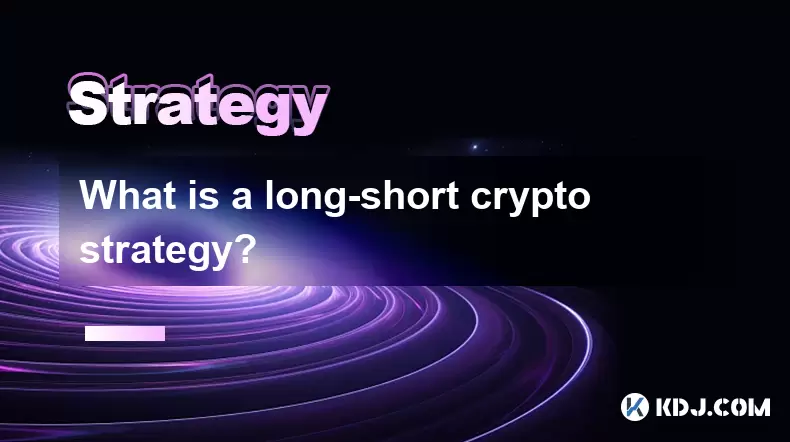
What is a long-short crypto strategy?
Jul 11,2025 at 01:28pm
Understanding the Basics of Long-Short Crypto StrategyA long-short crypto strategy is an investment approach where traders take both long and short po...
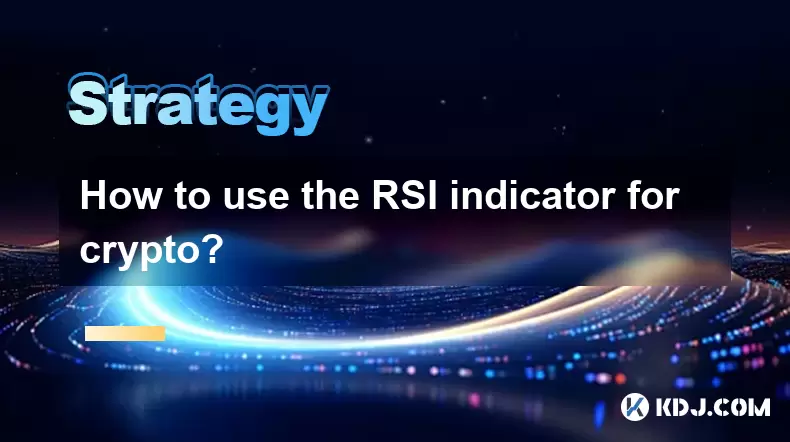
How to use the RSI indicator for crypto?
Jul 12,2025 at 03:56pm
Understanding the RSI Indicator in Cryptocurrency TradingThe Relative Strength Index (RSI) is a momentum oscillator used to measure the speed and chan...
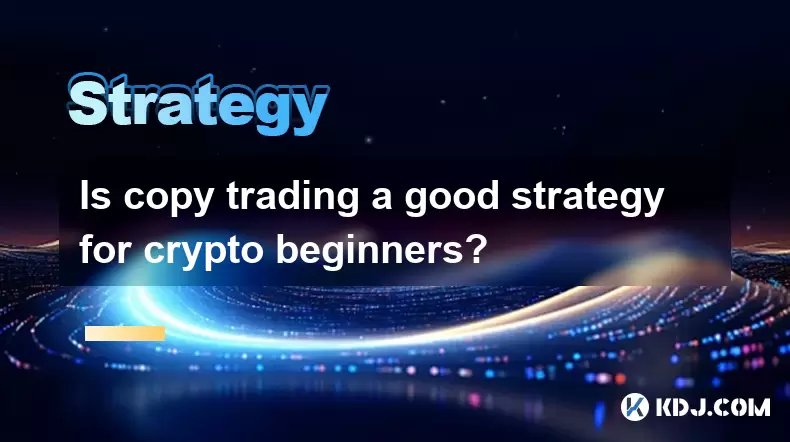
Is copy trading a good strategy for crypto beginners?
Jul 12,2025 at 08:28am
Understanding Copy Trading in the Cryptocurrency MarketCopy trading is a strategy where novice traders replicate the trades of experienced investors a...
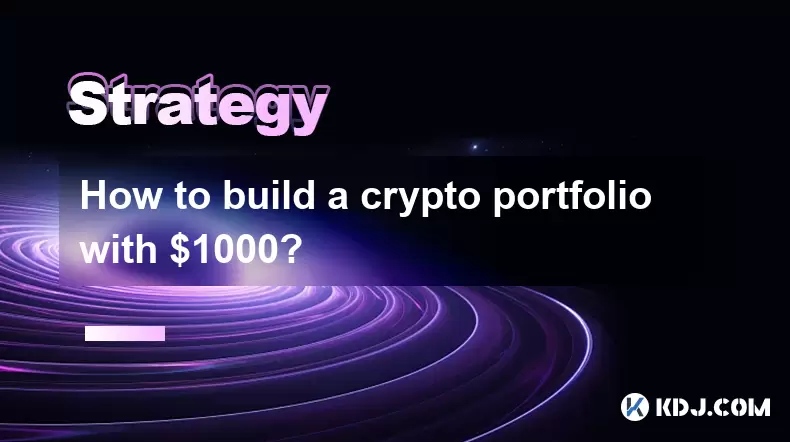
How to build a crypto portfolio with $1000?
Jul 13,2025 at 08:14pm
Understanding the Basics of Cryptocurrency InvestmentBuilding a crypto portfolio with $1000 starts with understanding the fundamentals of cryptocurren...

How to avoid common crypto investment mistakes?
Jul 13,2025 at 01:35am
Understanding the Risks of Crypto InvestmentInvesting in cryptocurrency can be highly rewarding, but it also comes with significant risks. One of the ...

What is a long-short crypto strategy?
Jul 15,2025 at 10:56am
Understanding the Basics of a Long-Short Crypto StrategyA long-short crypto strategy is an investment approach where traders simultaneously take long ...

What is a long-short crypto strategy?
Jul 11,2025 at 01:28pm
Understanding the Basics of Long-Short Crypto StrategyA long-short crypto strategy is an investment approach where traders take both long and short po...

How to use the RSI indicator for crypto?
Jul 12,2025 at 03:56pm
Understanding the RSI Indicator in Cryptocurrency TradingThe Relative Strength Index (RSI) is a momentum oscillator used to measure the speed and chan...

Is copy trading a good strategy for crypto beginners?
Jul 12,2025 at 08:28am
Understanding Copy Trading in the Cryptocurrency MarketCopy trading is a strategy where novice traders replicate the trades of experienced investors a...

How to build a crypto portfolio with $1000?
Jul 13,2025 at 08:14pm
Understanding the Basics of Cryptocurrency InvestmentBuilding a crypto portfolio with $1000 starts with understanding the fundamentals of cryptocurren...
See all articles





















